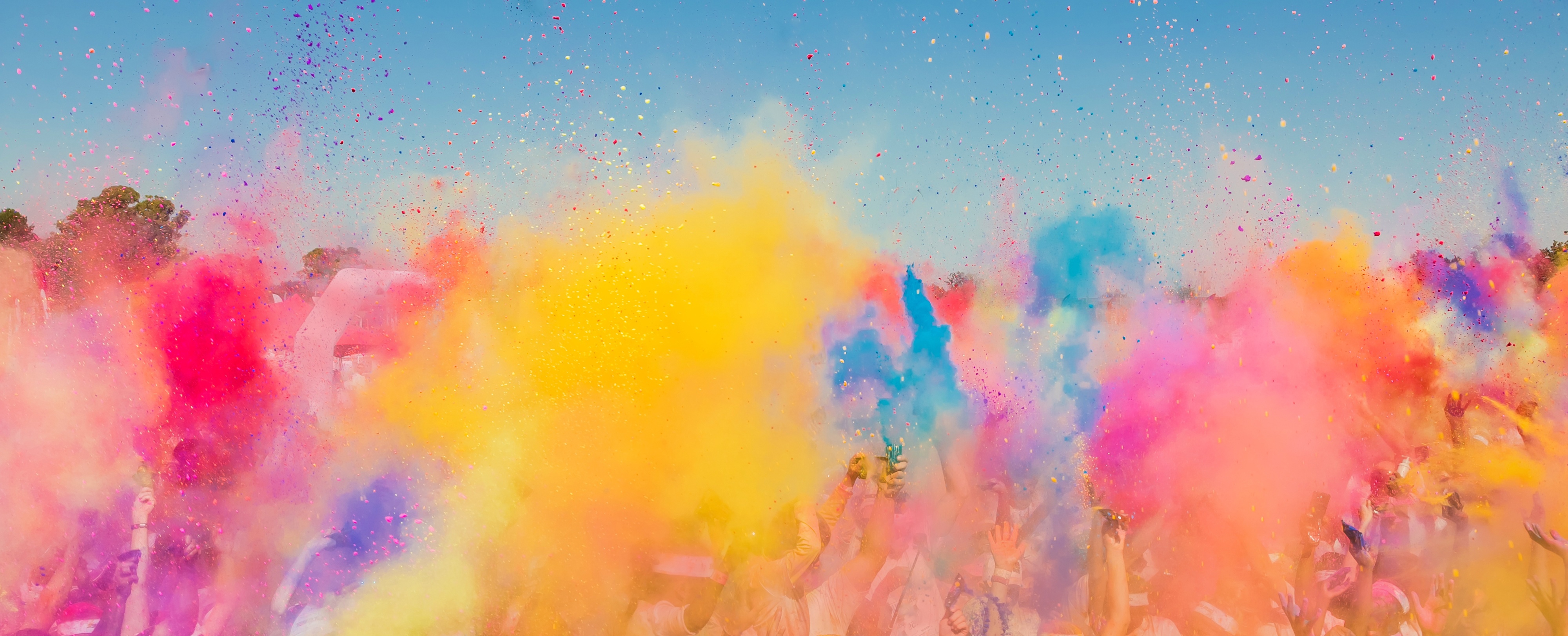How Holi Celebrates the Triumph of Good Over Evil in Indian Culture

Holi, often referred to as the Festival of Colors, is one of India’s most vibrant and joyous celebrations. This festival not only brings people together in a colorful spectacle but also carries deep cultural and spiritual significance. At its heart, Holi symbolizes the triumph of good over evil, embodying themes of renewal, unity, and forgiveness.
Historical Origins of Holi
The festival traces back to ancient Hindu mythology. One popular story centers around the demon king Hiranyakashipu who sought to be immortal and demanded that everyone worship him. However, his own son Prahlad remained devoted to Lord Vishnu. Enraged by this defiance, Hiranyakashipu tried to kill Prahlad multiple times but failed each time due to divine protection. Eventually, Lord Vishnu appeared in the Narasimha avatar (half-man, half-lion) and defeated the demon king. The burning of Holika – Hiranyakashipu’s sister who tried to kill Prahlad by sitting with him in a fire – is commemorated on Holika Dahan night before Holi day. This symbolizes the victory of devotion and righteousness over evil forces.
Cultural Significance Across India
While rooted in mythology, Holi has evolved into a cultural celebration embraced by communities across India with regional variations. In North India especially Uttar Pradesh and Bihar it marks the arrival of spring when crops are sown and nature blooms anew — symbolizing fertility and prosperity. People gather outdoors playing with colored powders (gulal), singing folk songs, eating traditional sweets like gujiya or thandai drink infused sometimes with bhang (cannabis). The playful colors represent breaking down social barriers as friends neighbors even strangers smear each other indiscriminately spreading joy.
Spiritual Themes Embedded in Holi
Beyond its festive facade lies a deeper spiritual message tied closely to Hindu beliefs about life’s continuous cycle — birth death renewal forgiveness harmony balance between darkness light self-purification through joyful expression. The throwing of colors signifies casting away sorrows grudges impurities ushering inner transformation towards positivity love unity among humanity transcending caste creed or religion.
Modern-Day Celebrations Worldwide
In recent decades Holi has grown beyond Indian borders becoming popular internationally especially within diaspora communities promoting multicultural awareness while preserving traditional values globally many cities organize public events inviting people from all backgrounds join festivities fostering inclusiveness global friendship through shared cultural experience.
How You Can Participate Respectfully
If you wish to experience or attend a Holi celebration remember it’s important to do so respectfully appreciate its origin embrace spirit kindness inclusion avoid offensive behavior such as disrespectful dress or misuse substances related traditionally like bhang without knowledge participate actively but considerately enjoy this beautiful festival celebrating triumph good over evil unity diversity.
Holi stands out as more than just an exuberant festival filled with colors; it embodies profound messages embedded within Indian culture about good conquering evil renewal embracing community bonds across differences through laughter dance music food rituals reminding us all that no matter where we come from joy compassion can bring light into our lives.
This text was generated using a large language model, and select text has been reviewed and moderated for purposes such as readability.